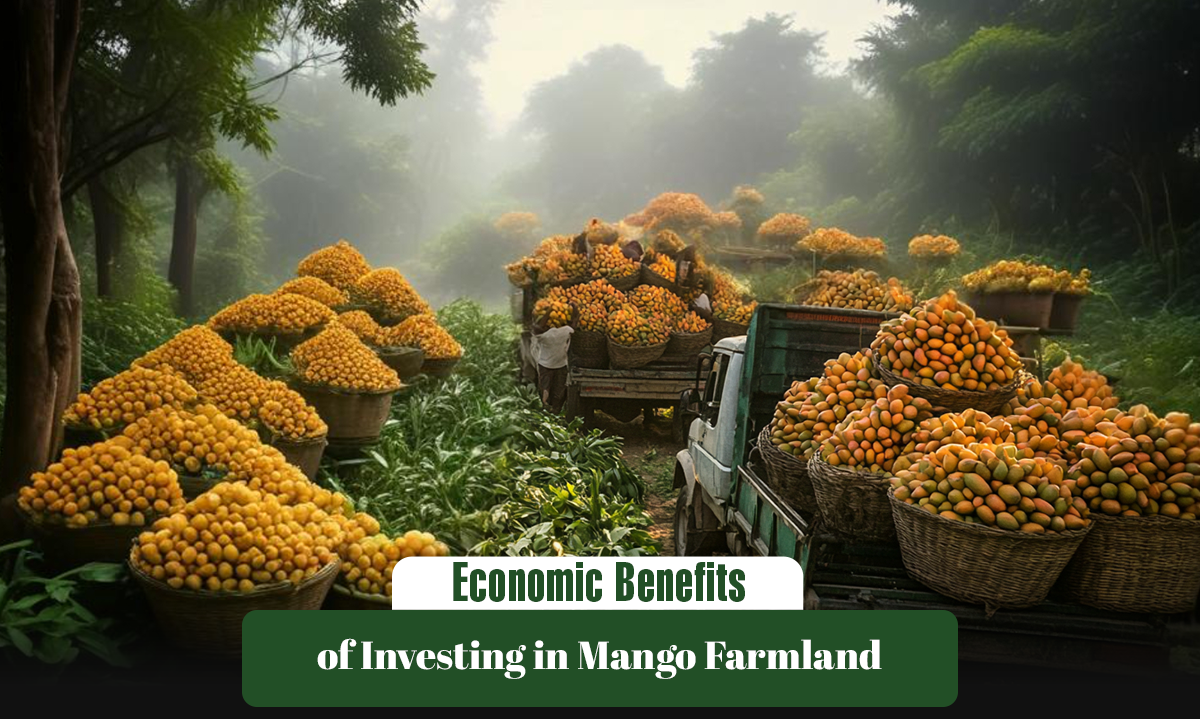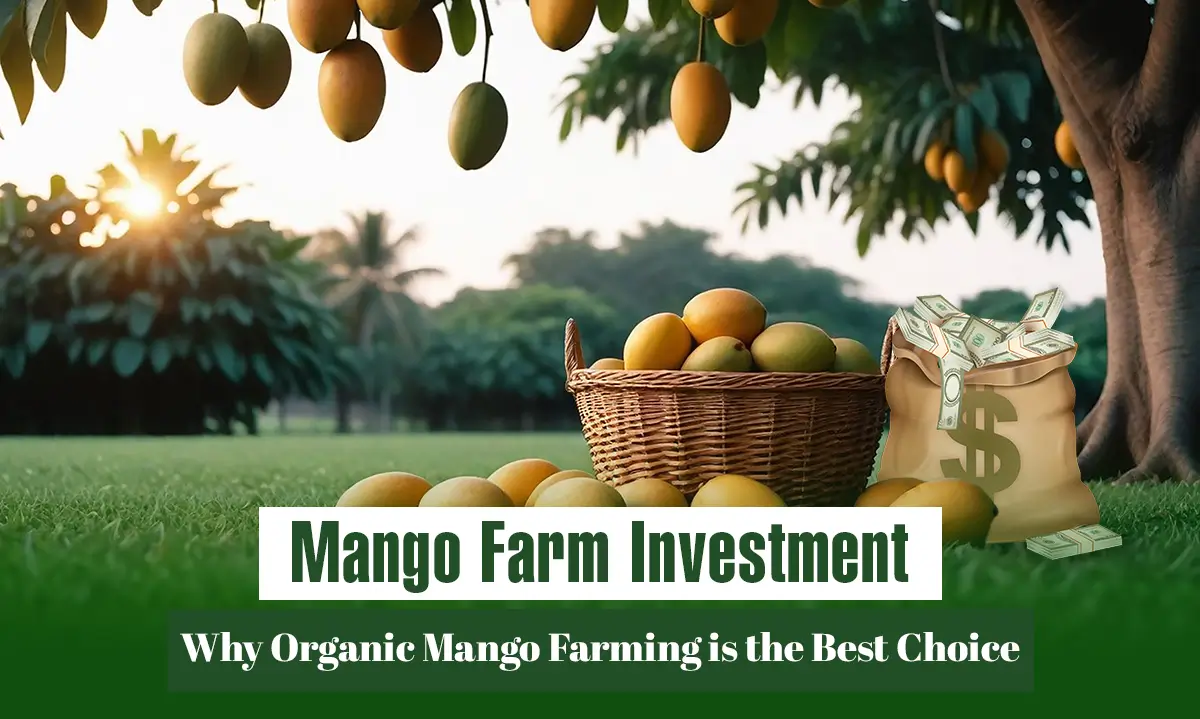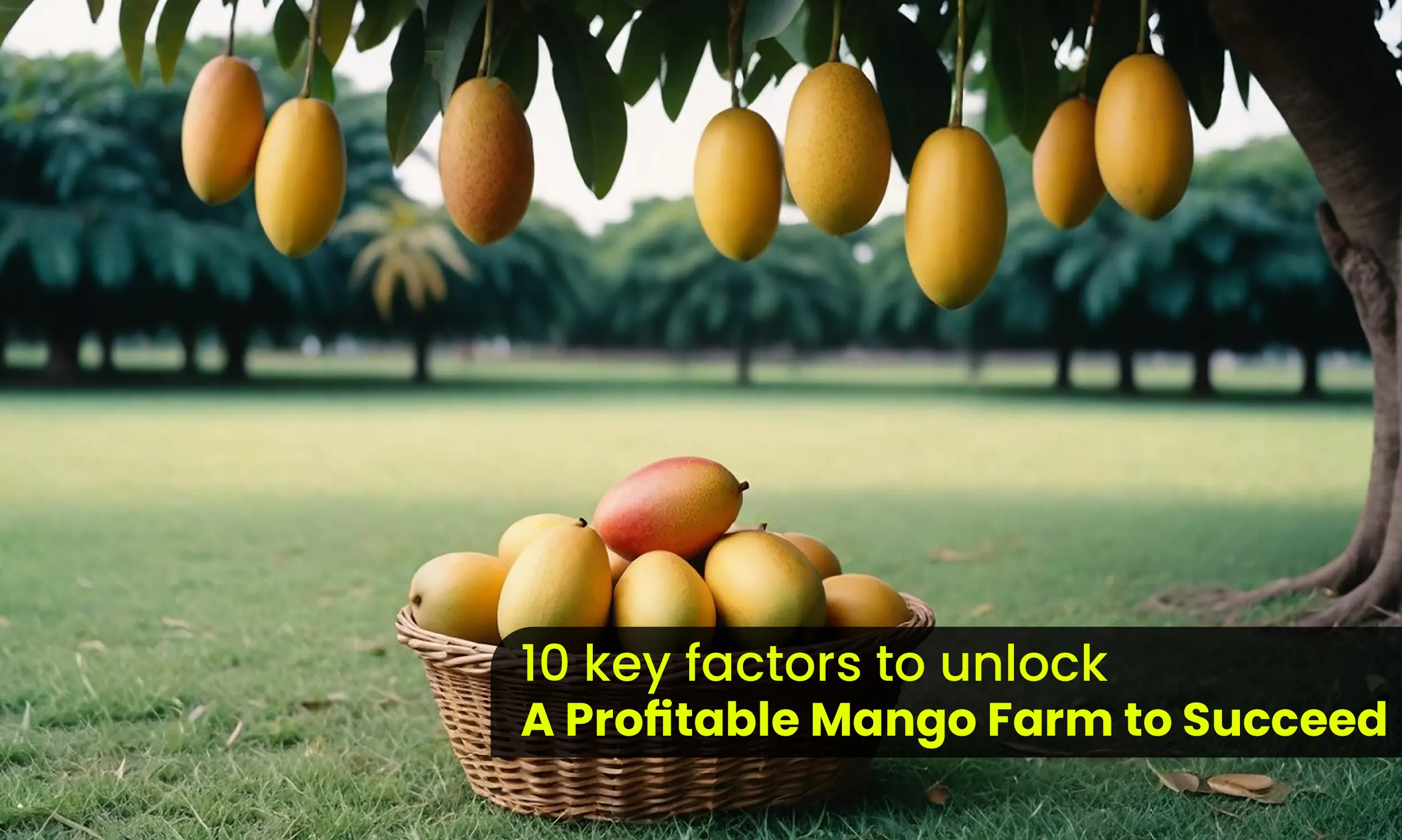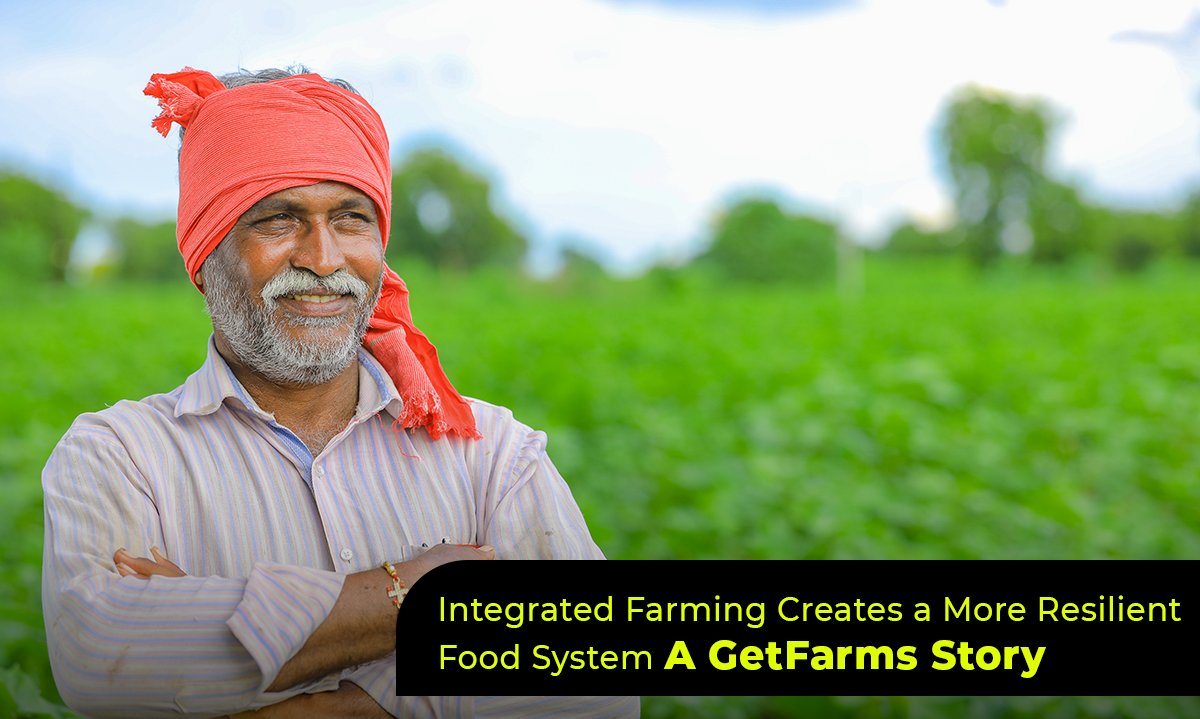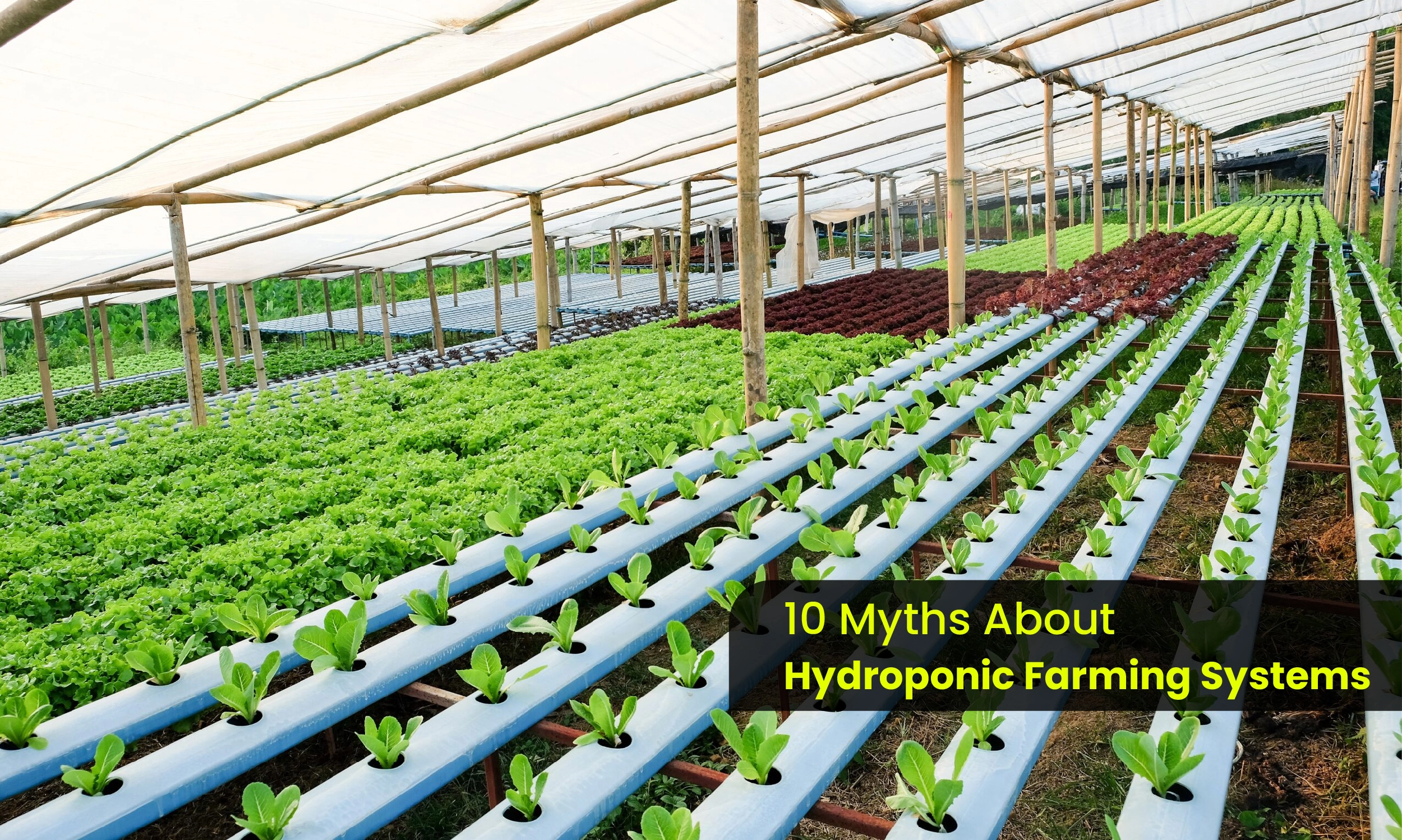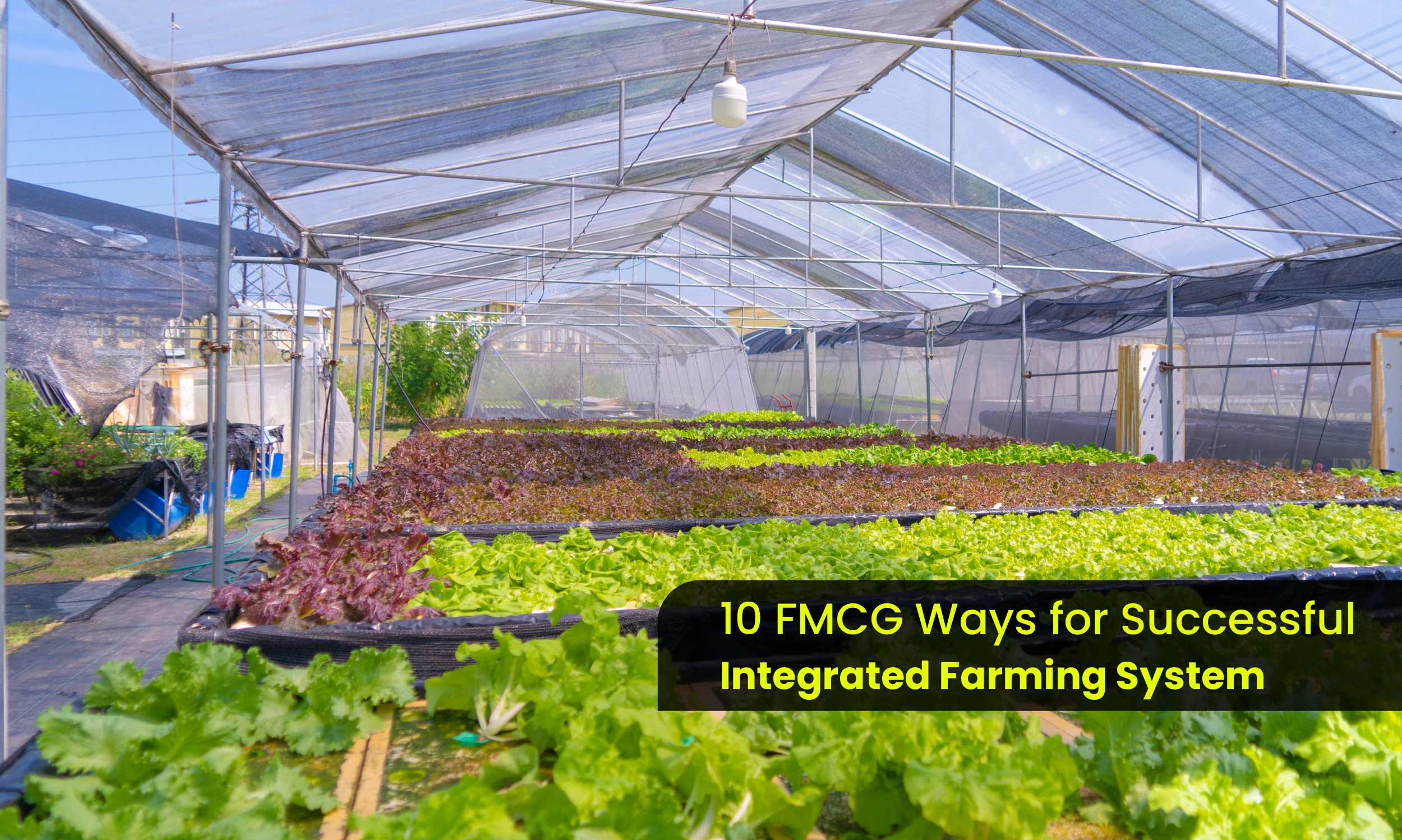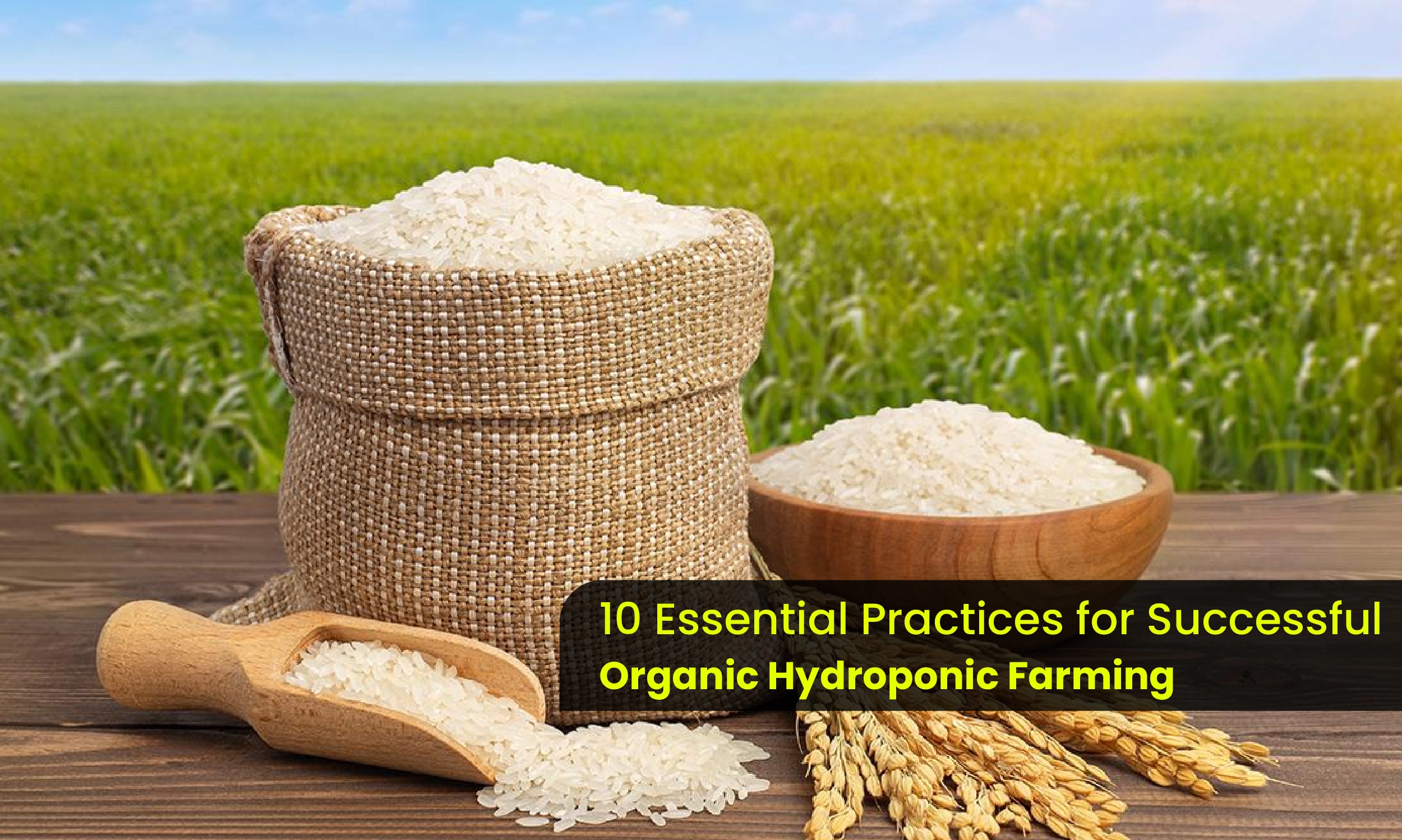Mango Production Set to Increase by 4.24% in 2024-25
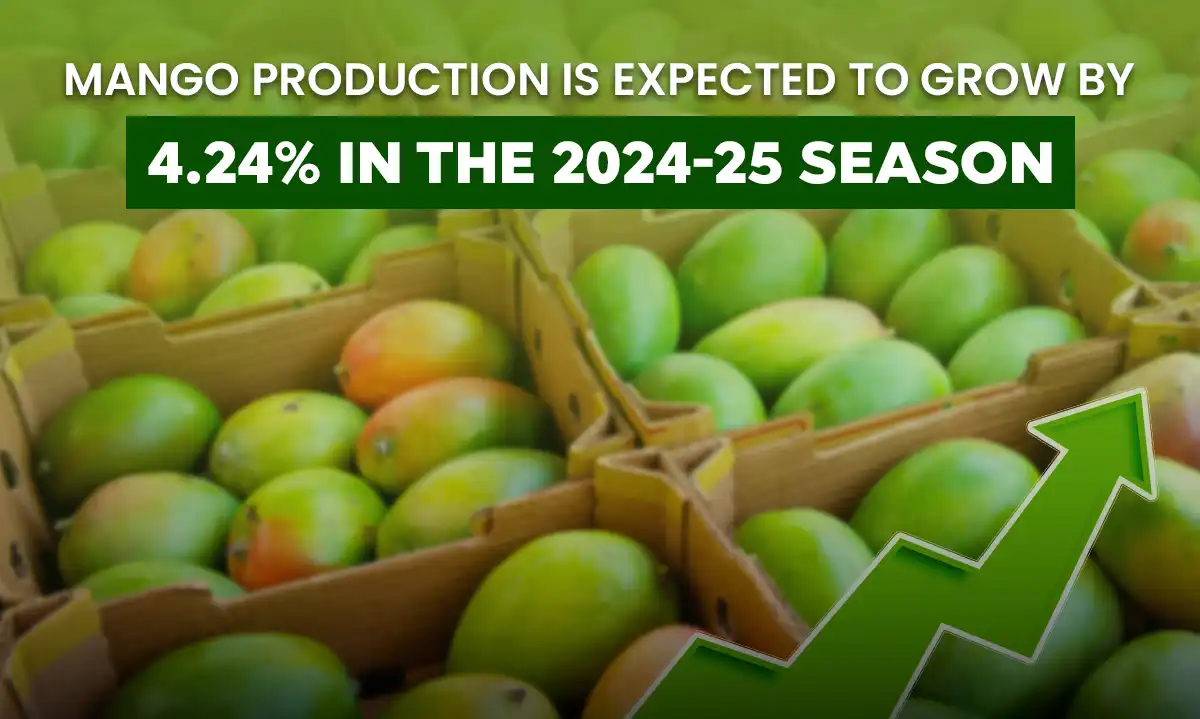
Introduction
Mango lovers rejoice! With mango farming output predicted to rise by 4.24%, the next 2024–25 season looks to be a productive one. The newest figures from the agriculture ministry show that, up from 20.26 million metric tonnes in the crop year 2023–24, the total mango foutput is expected to reach 21.12 million metric tonnes.
Often referred to as the "king of fruits," mangoes are prized all around. Mangoes from southern and western India have already started to arrive this season, therefore signalling a plentiful crop. From mid-June, northern provinces such as Uttar Pradesh will join the season to guarantee a consistent supply of this mouthwatering fruit across the country.
Summer Fruits: Mixed Trends
While mangoes are becoming more popular, other summer fruits such as muskmelon and watermelon output are predicted to decline somewhat. Down from 1.36 million metric tonnes, muskmelon output is forecast at 1.30 million metric tonnes; watermelon output is expected at 3.12 million metric tonnes, a slight decline from 3.15 million metric tonnes in the previous season. Though small, these losses represent the difficulties farmers have controlling crop yields under different temperature ranges and pest pressure.
By contrast, mango farmland output is expected to rise dramatically, from 32.59 million metric tonnes last year to 33.75 million metric tonnes for the crop year 2024–25. This significant increase in mangoes output underlines not just the success of better farming methods and government backing but also the resilience of mango farms in adjusting to market needs and environmental changes. Mangi output helps to explain the general increase in total fruit output, which is forecast to reach 103.22 million metric tonnes, up from 102 million metric tonnes in the year before. This increase in overall fruit output is a good sign of the agriculture sector's ability to satisfy population nutritional needs and boost the economy by means of both home consumption and export prospects.
Promising Trends in Vegetable Production
Furthermore, showing encouraging patterns is vegetable output. Important kitchen basics like potatoes and onions should outshine last year's numbers. While potato output is probably going to soar to 53.11 million t, a notable increase from 48.56 million t last year, onion output is expected to rise to 26.29 million t from 26.09 million t. These rises show the effective application of improved agricultural practices, greater control of pests, and favourable meteorological conditions that have raised output. But tomato output is predicted to drop just slightly from 21.17 million metric tonnes to 20.14 million metric tonnes, maybe in response to disease outbreaks, bad weather, or changes in farming emphasis to other more profitable crops.
Rising from 188.90 million metric tonnes last year, the nation's vegetable output for the 2024–25 season is estimated at 193.60 million metric tonnes overall. This significant growth in vegetable output, together with the expected rise in fruit output, points to a strong year for the horticultural industry. The increase in vegetable output not only guarantees a consistent supply of vital dietary basics for the home market but also improves the possibility for export, thereby supporting the development of the national economy. The higher output of several horticulture crops highlights the resiliency and adaptability of Indian farmers, who keep developing and improving their methods to satisfy the growing demand and address the difficulties presented by market swings and climate change. This encouraging trend in horticulture underlines the sector's vital contribution to guaranteeing food security, sustaining rural livelihoods, and promoting agricultural growth in the nation.
Other horticultural crops: stability and slight declines
One million metric tonnes of honey will still be produced each year, showing that the beekeeping industry is stable despite changes in the climate and problems like colony collapse disorder. Meanwhile, production of spices is expected to go down slightly, to 10.24 million metric tonnes, which is less than what was produced before. Because of things like changing weather patterns, problems with the health of the soil, and farmers' shifting goals in farming, spice output may have gone down.
Horticultural crops are expected to produce a total of 326.57 million metric tonnes in the 2024–25 crop year, up from 320.76 million metric tonnes the previous year. The agricultural community is strong and energetic, as shown by the impressive growth in the horticultural field. Farmers have always responded to new technologies by switching to different crops and using environmentally friendly methods to make their farms more productive. India's position in the global agricultural market is strengthened by this increase in horticultural output. It also provides a steady supply of fruits, vegetables, spices, and honey for domestic use.
The expected rise in horticultural production creates a positive mood for the coming year and shows that the farming sector is doing well and can handle and get past problems. It is very important for food security, economic stability, and the way of life of millions of farmers across the land that agricultural production keeps going up. Because of ongoing support from government policies, research institutions, and improvements in farming methods, the agriculture sector is set to continue its upward trend, making a big difference in the economy and health of the country.
A Hopeful Future for mango farming
The rise in production for the 2024–25 season promises not only plenty of supplies for domestic consumption but also greatly increases export possibilities, therefore supporting the nation's economy as the mango season advances. India aims to gain from more export chances as mango output rises, therefore putting itself as a top worldwide provider of this much sought-after fruit. The excess in production makes competitive pricing possible in foreign markets, therefore enhancing trade contacts and maybe generating income from mango exports. This expansion also demonstrates the profitability of mango farming, which can produce great returns on investment because of the fruit's great market demand and premium prices in both home and foreign markets.
The significant income mango farmland generates for farmers and agribusinesses over the 2024–25 season emphasises even more its economic feasibility. Thanks to better farming methods and technological developments, yields and better-quality produce have increased, therefore guaranteeing that mango farming is a profitable endeavour. For farmers, this translates into more income and maybe long-term financial security. A good mango season also creates employment in fields including harvesting, processing, packing, and distribution, therefore transcending the plantations. This growing industry not only improves the quality of life for people directly engaged in mango farming but also supports the larger agricultural economy by highlighting mango farming as a successful and environmentally friendly economic possibility.
Conclusion
Together with the general good trends in fruit, especially mango farming and vegetable output, the expected increase in mango production emphasises the strength and flexibility of the agricultural industry. This is good not only for local consumers but also for the worldwide market, as Indian mangoes are much sought for. Looking forward to a season full of the mouthwatering flavour of fresh mangoes, the work of the agricultural community guarantees a rich and abundant year ahead.
Watch this space for further updates on the mango season and other cultural trends. Good mango season for all!
Latest blogs
JOIN OUR COMMUNITY !
Stay connected with Getfarms! Follow us on social media for the latest updates, exclusive offers, and a glimpse into the world of farmhouse living. Join our community today


